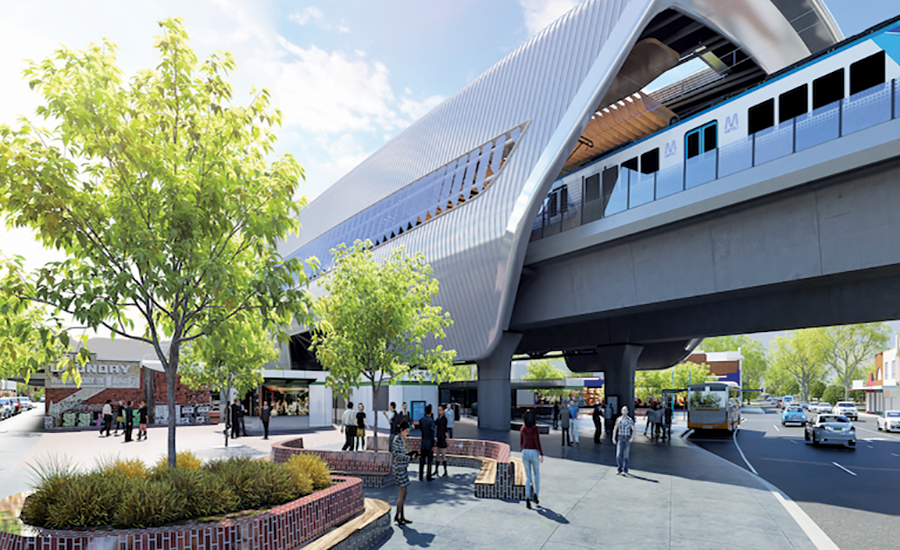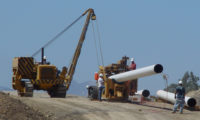There is growing excitement about rail in the transportation sector.
Driven mainly by population growth and, in part, by a desire for sustainable communities and lower emissions, huge rail projects are in development or underway in England, Malaysia and Dubai, while smaller rail transit programs are under development or being upgraded in Australia and elsewhere.
“We see a lot of growth in transit rail. There’s a real trend toward rail because of population growth, urbanization, and congestion management and mobility within emerging countries,” says Kevin Slack, vice president of transportation for CH2M.
One of the biggest projects is the MyHSR project, a proposed 350-kilometer high-speed line from Kuala Lumpur to Singapore.
|
Click Here to View ENR's 2016 Global Sourcebook |
Several companies and joint partnerships, including WSP | Parsons Brinckerhoff, have placed bids to design the project. The awards are expected next year. Construction, which is estimated to cost roughly $10 million per kilometer, will last until at least 2026.
CH2M is the technical adviser for the project. CH2M says it won the award, in part, because of its experience on two other high-speed projects in England— High Speed 1 and High Speed 2. High Speed 1, from London to the Channel Tunnel, was completed in 2007. CH2M was responsible for design and project management services for that line.
Now, CH2M is a development partner for the first $15-billion phase of the High Speed 2 project, a 140-mile high-speed rail from London to Leeds and Sheffield.
Northern Europe is looking at high-speed possibilities, too, Slack said.
“There are some big jobs out there,” says Dave McAlister, global director for transportation and infrastructure for WSP. “There are more and more people using transit, and they need more capacity. The public is kind of demanding more service to reduce highway congestion.”
In Melbourne, Australia, WSP is working on an unusual project, elevating a portion of the city’s transit line from the street level to use the existing footprint.
The $1.2-billion design-build Caulfield-to-Dandenong Level Crossing Removal Project allows Melbourne to take advantage of existing urban space.
Creative use of space, including elevating, tunneling and expanding underground spaces, is becoming common as more rail, airport, road, highway and bridge work is required in tighter urban environments, according to CH2M. “There’s a level of complexity around developing in an urban area,” says Slack.
Highway and bridgework continues to dominate most transportation sector work, however, and it is picking up as the world comes out of the stagnation of the global financial crisis, firms say.
The U.K. is upgrading its highways, as are Canada and Australia. One major project is Montreal’s Turcot Interchange. Construction has begun to replace the 1967-era interchange, which is actually four major interchanges in three sections. The $1.54-billion job was awarded to consortium KPH Turcot, a partnership of Construction Kiewit Cie and Parsons Canada, with Holcim and WSP | Parsons Brinckerhoff as participants.
Airport work also is seeing a global revival as cities, such as Dubai, look to compete with major hubs, like London’s Heathrow, which is expanding because of capacity constraints. Singapore and Melbourne also are expanding airports.
Port work is growing, too, but not as rapidly. “I don’t think the Panama Canal created the demand everyone thought it would,” says McAlister. “The global financial crisis stagnated development.”
The price of oil continues to slow all work in the Middle East and Canada. Further, there is great uncertainty surrounding how Brexit will impact work there.
But McAlister says, “I think we are more optimistic going into 2017 than we were going into 2016.”






Post a comment to this article
Report Abusive Comment